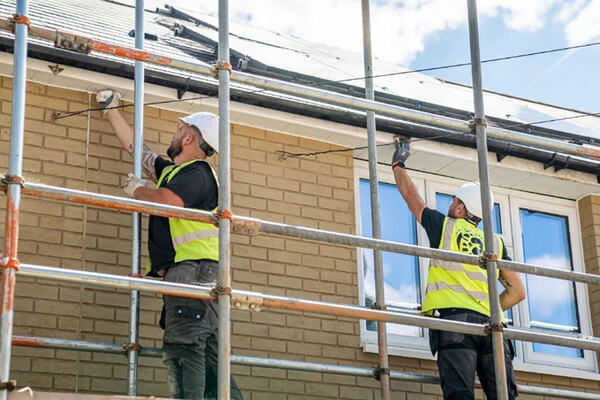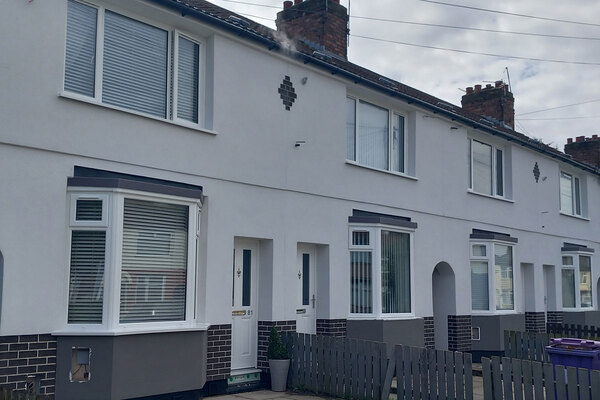Water-saving measures in new homes to unlock building
The government has proposed tighter water-saving measures in new homes to unlock development in water-scarce areas.
A consultation launched on Tuesday 23 September proposes changes to building regulations that could see new homes fitted with water-saving features such as aerated taps and showerheads and dual flush toilets. This would tighten the current mandatory Water Efficiency Standards from 125 litres per person per day to 105 litres per person per day.
The government is also consulting on further strengthening standards in water scarce areas to 100 litres per person per day. This will unlock around 1,000 new homes for every 10,000 being built, officials said.
The change to the design standard will make new-build housing more water-efficient. The government claimed this could save residents £111 a year on energy and water bills in new homes.
The measures will also help the environment by reducing the amount that needs to be taken from rivers, lakes and chalk streams for public supply.
Environment Secretary Emma Reynolds said: “Removing the water shortage barriers that have stalled development for too long will mean unlocking thousands of new homes while saving families money.
“Not only will this make customer bills cheaper; it will protect the environment and unlock thousands of new homes as part of our Plan for Change.”
The 12-week consultation looks to amend the current Building Regulations 2010 Part G2.
A reduction of 20 litres per person per day could see an additional 1,000 new homes unlocked for every 5,250 homes built, officials said.
This is particularly helpful in areas like Cambridge and north Sussex where planning has previously been blocked because water demand outstripped supply.
The measures will support the government’s commitment to reduce water usage in England by 20% per person per day by 2038. It also puts England on track to use just 110 litres per head of the population by 2050.
Future innovations, such as using harvested rainwater to flush home toilets, are also being considered in a call to evidence that is running alongside the consultation.
England has seen seven consecutive months of below-average rainfall, with five areas in drought and more expected to follow soon despite the recent rain. Climate change and increased water demand means the nation needs to become more efficient with the water it has.
Tom Dollard, chair of the Good Homes Alliance, welcomed the consultation. He said: “Our membership is facing real challenges in delivering new homes due to a lack of water capacity in their areas.
“If we are to meet the government housing delivery targets and unlock economic growth then we must start building more ‘water smart’ homes and neighbourhoods.
“We would like to see a refreshed Part G that is aligned to the water neutrality hierarchy, and a fittings-based approach combined with a water labelling scheme that would deliver water efficient homes at scale across the UK.”
Ed Lockhart, chief executive of the Future Homes Hub, said: “Water shortages are already constraining housing growth and the water supply shortfall at national and regional levels will widen without concerted action.
“To sustain delivery of new homes at the levels required for everyone to have a decent home, homes need to become progressively more water efficient, alongside largescale investment in water infrastructure and demand management in other sectors.
“That is why the Future Homes Hub proposed a water efficiency roadmap for the new homes sector in the 2024 Water Ready report. We therefore welcome the government consulting on proposed efficiency measures and look forward to working with the government to ensure water efficiency can be implemented affordably at scale while delivering on customer expectations."






